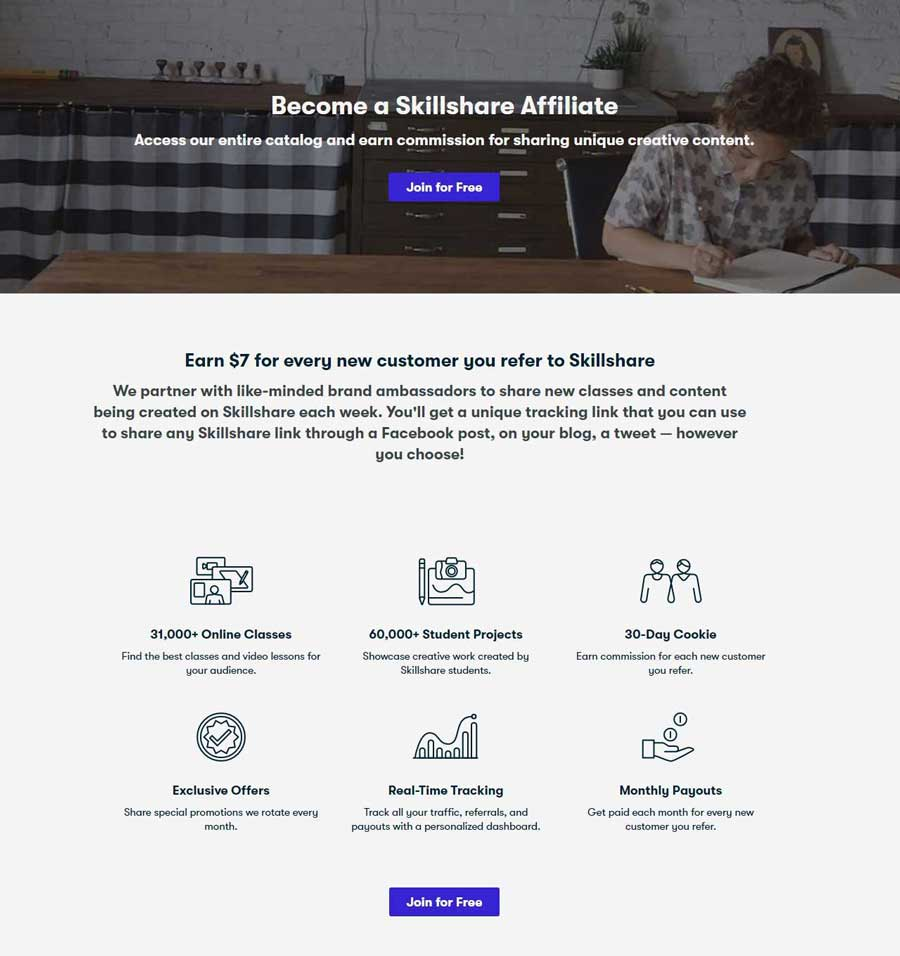Performance marketing is a type of online marketing that implies paying for results such as ad views, downloads, clicks, sales, app installs, etc. It helps brands grow faster and ensure smart investments.
In this article, we'll uncover the benefits of performance-based marketing, explain the way it works, consider the channels, and provide examples.
Benefits of Performance Marketing
Marketers who focus their efforts on performance prefer to pay for the desired actions of their potential clients rather than for annual subscriptions in marketing services. They make this choice due to several reasons. Check them out below.
- Performance marketing reduces the risk of losing money. If you implement Facebook and Instagram marketing or invest in chatbots and email campaigns, you need to pay for ads and messages in advance, so you can't be sure of their efficiency. Performance-based marketing allows you to plan every dollar from your marketing budget to bring you ROI. This way, you pay only when a lead makes a purchase, downloads an ebook, installs an app, etc.
- Performance marketing is measurable. Since this type of marketing is focused on results, they are easy to track. Brands use different analytics tools to evaluate the results of their campaigns. They can choose the best channels and invest money wisely based on their insights.
- Performance marketing provides a high level of transparency. Companies set specific, measurable, achievable, realistic, and timely goals that leave no chance for a guessing game. This way, your partners know your requirements well and do their best to reach your goal.
- Performance marketing lets you gain lots of insights. Monitoring the data in your analytics tools, CRM, and services allows you to define the most effective strategies and channels as well as tactics that work worse. Hence, you can abandon a strategy on the go and develop client-oriented campaigns based on user behavior.
Now that you know why companies choose performance-based marketing, let's find out the way it works.
How does performance marketing work?
It depends on the channels you use. Generally, performance-based marketing includes 2 parties that agree on a clear goal and commission. For example, if you want to pay for displaying your ads on Google, you need to place bids. The amount of money to pay depends on the pricing model chosen. You can pay either for clicks or for impressions.
Alternatively, you can partner with publishers or influencers. Influencer marketing is trendy nowadays since people trust other people more than brands. In this case, you, as an advertiser, set your goals, for example, 100 sales. If an influencer agrees, they create a campaign and promote your product with their promo code. This way, every time a person uses it, you know that this or that influencer is the source of your ROI. Finally, an influencer gets the commission from every sale.
Affiliate programs work the same way. Publishers get an affiliate link and place it on their resource. People following this link to purchase from a brand bring money to the publisher. You can find an example of this technique in lots of listicles on the internet. For example, put "Top 10 Digital Marketing Tools" on Google and look through the articles. If you find a link to a specific service in a listicle, it will be an affiliate link.
Now that you know how performance-based marketing works, let's find out the most popular channels.
Performance Marketing Channels
Social media marketing, native advertising, partnership marketing, and search engine marketing (SEM) allow brands to bring to life strategies focused on getting immediate results. Let’s find out how these channels work.
- Native advertising. The main advantage of native advertising is that it doesn’t look like an ad. This promotional message looks natural; however, there's no call to action. Marketers use native ads with different content formats. The most important thing is that an ad message should fit the content perfectly. You can pay per clicks or impressions by choosing this type of ad.
- SEM. It helps brands increase their awareness and blow up sales both for free and for money. We’ll consider paid advertising in search engines. Marketers create ads that are placed on the top of the search engine results page. To create an ad, you should choose a keyword and take part in the auction where the highest bid wins. The bid is the amount of money you’re ready to spend. Using SEM, you pay for user clicks on your ad.
- Social media marketing. Facebook, Instagram, TikTik, Twitter, LinkedIn are the most used social channels among people of different ages. These social networks allow brands to engage with their audience, increase traffic and awareness, blow up sales, etc. You can choose from a variety of pricing methods: cost per click, cost per view, cost per impressions, cost per acquisition, etc.
- Partnership marketing. It includes affiliate marketing and influencer marketing. This is a collaboration between an advertiser and publisher on mutually beneficial terms. Advertisers usually pay for sales, leads acquired, downloads, app installs, etc. Providing an affiliate with a special link lets advertisers identify the source of ROI, hence, determine the most profitable strategies.
It’s time to see an example of performance marketing.
Example of Performance-Based Marketing
Skillshare offers its clients an affiliate program. The company pays affiliates $7 for each customer brought to the brand.

Congrats, now you know the way performance marketing works, its benefits, and channels. Analyze your audience to create an effective performance marketing strategy.
Last Updated: 26.09.2024

or